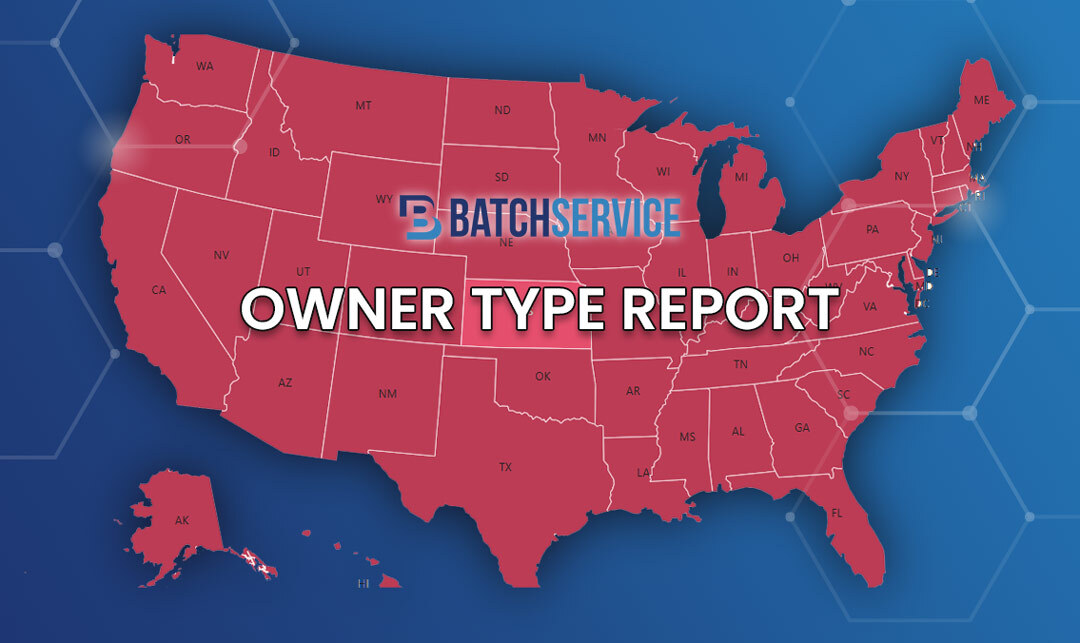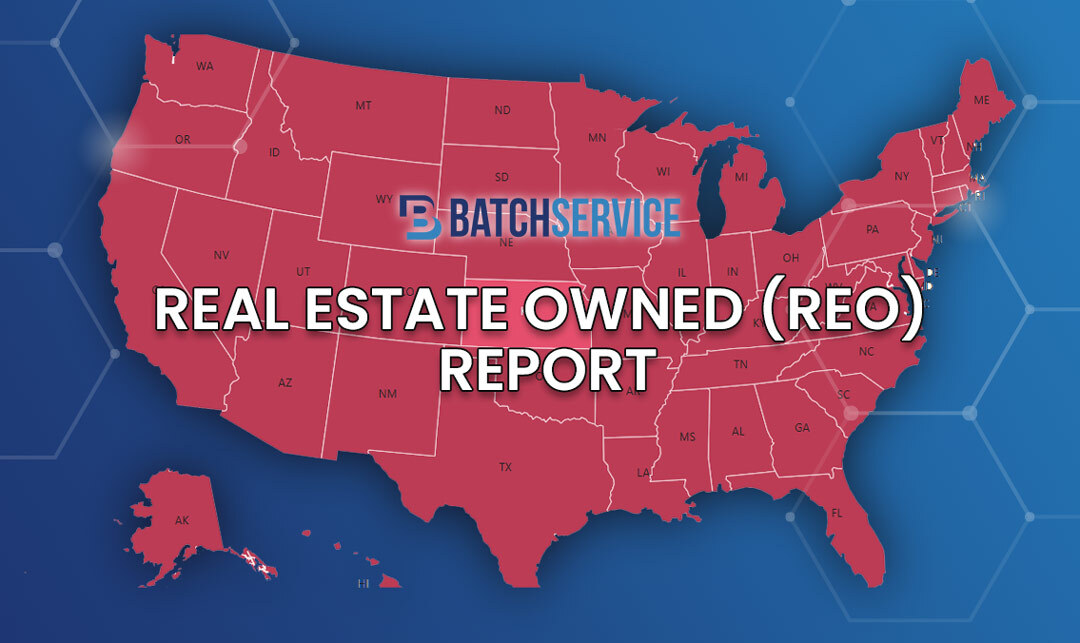In today’s dynamic real estate landscape and economic uncertainties in the market, accurate property valuation is more important than ever. Having high quality data is the best way to objectively navigate changing markets and make informed decisions. The aim of the Batchdata Automated Valuation Model (AVM) is to provide accurate, timely value estimates for a variety of use cases and property classes whether you are a homeowner looking to determine your fair market selling price or a multi-national investment firm looking to manage risk in your real estate portfolio.
Evolution of AVMs
From their start as rudimentary statistical models to today’s machine learning and AI augmented models, AVMs have evolved significantly:
- Early Days: commercial AVMs emerged in the 1990s, primarily relying on hedonic models. These early versions considered basic property attributes such as square footage, location, and number of bedrooms.
- Data Expansion: In the early 2000s, as data availability increased, AVMs incorporated additional features, including deeper property history, tax assessment records, and neighborhood characteristics.
- Spatial and imagery data: Recent years have seen the rise of computer vision to evaluate location desirability, detailed spatial and neighborhood data to aid with valuation of non-homogeneous property.
The Batchdata AVM is the culmination of all this history and proprietary algorithms and human intelligence to reflect local market conditions and dynamic economic trends.
How Batchdata AVM Adapts to Rapidly Changing Markets
AVMs face significant challenges in rapidly changing markets, where property values can fluctuate widely due to economic shifts, changes in interest rates, or sudden demographic movements. The Batchdata AVMs handle property valuation in volatile environments by the following approaches:
Frequent Data Updates
To keep pace with rapid market changes, AVMs require frequent updates to their underlying data. This includes recent sales data, current listings, and changes in local economic conditions.
By integrating the most current data, Batchdata AVM can reflect real-time market conditions more accurately, reducing the lag between market events and their representation in the model.
Incorporating Timely Economic Indicators
The Batchdata AVM is refined by analyzing real-time economic indicators such as interest rates, unemployment rates, and other macroeconomic factors that influence the real estate market.
These indicators help the model adjust its valuations to anticipate or react to economic trends that affect property prices.
Increased Market Sensitivity
Batchdata AVM incorporates real-time market conditions in rapidly changing valuation models allowing It to react more swiftly to changes in the market, providing valuations that are timely and reflective of current market conditions.
Geographic and Segment-Specific Models
Developing separate models for different geographic regions or property classifications improves estimation accuracy. Markets can behave differently based on location and property type, and specialized models can account for these variations. Batchdata AVMs tailored model ensures that the unique characteristics and trends of specific markets are considered, enhancing the reliability of valuations in diverse conditions.
The Batchdata AVM produces value estimation for the following property classifications:
- Single Family Residential
- Condos and Townhouses
- Manufactured Homes
- Multi Family Parcels 1-4 units
- Commercial Parcels
Residential property classes including manufactured homes share valuation methodologies and the approaches discussed in this section to calibrate value estimation.
Commercial property valuation methods however, are specialized algorithms that must consider:
- Data sparseness compared to residential property leading to comp selection difficulty
- Income stream dynamics including rents, tenant quality, vacancy rates and potential future income
- Limited market liquidity due to more stringent underwriting guidelines and smaller pool of buyers
Human Oversight and Hybrid Approaches
Combining AVM outputs with expert human analysis can be particularly effective in volatile markets. Human appraisers can provide insights that are not readily apparent from quantitative data alone. A hybrid approach that leverages Batchdata AVM while incorporating the nuanced understanding of experienced professionals can result in more accurate and reliable property valuations helping stakeholders make informed decisions even in fluctuating market conditions.
How Batchdata AVM evaluates Unique and Non-Homogenous Properties
AVMs excel at valuing properties that conform to common standards and are like many other properties in the area. However, handling unique or non-standard properties is more challenging due to their distinct characteristics, which may not be well-represented in the historical data used to train these models.
Our valuation model employs the following methods to adapt value estimates to these special properties.
Limited Comparable Data
Challenge: Unique properties lack similar comparables in the market, which are crucial for traditional comparative analysis.
Approach: Batchdata extends the search criteria to include properties that are less similar but the closest available or use more sophisticated algorithms to identify subtle similarities with other properties.
Feature Engineering
Challenge: Standard features used in AVMs (like number of bedrooms, area, etc.) may not capture the unique attributes of non-standard properties (e.g., architectural uniqueness, historical significance).
Approach: Batchdata AVM may incorporate additional, more detailed features that capture these unique aspects, though supplemental data sources.
Hybrid Models
Challenge: Purely statistical models may not accurately value properties that are outliers in the dataset.
Approach: Batchdata AVMs use hybrid models that combine traditional statistical methods with rule-based, weighted logic to better assess unique properties.
Use of Non-Traditional Data
Challenge: Capturing the full value of unique properties may require consideration of non-traditional factors that are not typically included in standard datasets.
Approach: Batchdata AVMs may integrate alternative data sources such as detailed community reports, tourist attraction proximity, historical data, or other insights into aspects that might influence the valuation of a unique property.
Handling unique or non-standard properties remains one of the more challenging aspects for AVMs. While technological advancements and data enrichment strategies have improved their capabilities, the integration of human judgment is often still necessary to ensure accuracy and reliability in these cases.
Various Use Cases of AVMs
AVMs are used by a variety of stakeholders in the real estate industry, including lenders, investors, and homeowners. Major use cases and benefits the Batchdata AVM brings to these scenarios is discussed in this section.
1. Determining Market Portfolio Value for Investors, Lenders, or Financial Institutions
Real estate investment firms manage large portfolios containing diverse properties. Using AVMs, these firms can continuously assess the value of each property allowing for dynamic portfolio management. Batchdata AVM helps investors assess the aggregate value of their property holdings.
Benefits of AVMs to Real Estate Investors include,
- Maximizing Investment Opportunities: By understanding current market values, firms can buy undervalued properties and sell overvalued ones, optimizing their investment strategy.
- Minimizing Risk: Near-real-time valuations alert firms to significant fluctuations in property values, enabling proactive risk management.
- Operational Efficiencies: Automating the valuation process reduces the need for manual appraisals, saving time and resources.
The ability to apply portfolio-wide valuation helps in identifying underperforming assets for potential divestiture and spotting high-value investment opportunities quickly.
2. Defining Loss Reserve Needs for Lenders
For lenders, understanding the collective value of their loan collateral is critical. Banks and mortgage lenders also use AVMs during the mortgage application process to quickly estimate a property’s value. This helps in determining the loan-to-value ratio, a critical factor in loan approval decisions. AVMs provide a cost-effective and swift property valuation method, which is crucial during high-volume periods. Batchdata AVM provides accurate valuations for entire portfolios, streamlining risk assessment, capital allocation, and regulatory compliance.
Various benefits of using AVMs to lenders are,
- Increasing Revenue: Faster loan processing enabled by AVMs leads to higher customer satisfaction and more completed loan transactions, thereby increasing revenue.
- Operational Efficiencies: Reduces the dependency on human appraisers, speeding up the loan approval process and reducing operational costs.
- Risk Management: Lenders use Batchdata AVM to estimate potential losses due to property value fluctuations. By assessing the risk associated with their loan portfolios, lenders can allocate appropriate loss reserves.
- Stress Testing: During economic downturns or market volatility, lenders rely on AVMs to stress-test their portfolios. Batchdata AVM helps quantify potential losses under adverse scenarios, aiding in prudent reserve planning.
3. Generating Leads for Real Estate-Related Industries
- Enhanced Property Listings and User Engagement: Online real estate marketplaces can integrate AVMs to provide estimated values on listings where official prices might not be available. This feature can enhance user engagement by providing potential buyers with quick estimates of what a property might be worth based on recent market data.
- Real Estate Agents and Brokers: Batchdata AVM generates leads by providing instant property valuations. Agents can engage potential clients with accurate market data, fostering trust and positioning themselves as valuable resources.
Benefits of using AVMs for lead gen are,
- Maximizing Investment Opportunities: Buyers and sellers can make better-informed decisions based on the estimated values, potentially increasing transaction volumes on the platform.
- Increasing Revenue: Enhanced features such as AVM estimates can differentiate a platform from competitors, potentially attracting more users and listings, which can translate into higher revenues from advertising and premium services.
- Operational Efficiencies: Automating valuation processes reduces the need for manual input and increases the accuracy and attractiveness of property listings, improving overall operational efficiency.
- Mortgage Growth: By offering prospective homebuyers quick and reliable valuations, lenders can attract leads. These leads may convert into mortgage applications, driving business growth.
4. Researching Neighborhood Prices for Potential New Home Development:
Benefits to Builders & Developers : When evaluating potential sites for new home construction, real estate developers need accurate property valuations. Batchdata AVM provides insights into neighborhood trends, enabling informed decisions on land acquisition and project feasibility.
Use case for Urban Planners and City Officials: Understanding property values within specific neighborhoods is crucial for urban planning. Batchdata AVM assists in assessing the economic viability of new developments, infrastructure projects, and zoning changes.
Homeowner use case: Using AVM can help track the value of their homes and to make informed decisions about buying, selling, and refinancing.
Whether you’re an investor, lender, real estate professional, city planner or homeowner, the Batchdata AVM empowers you with timely, reliable property valuation.
Data Validation and Testing of Batchdata’s AVM Performance
Selecting an AVM (Automated Valuation Model) requires an understanding of how well it predicts property market values and which property types it includes. Batchdata’s AVM has been optimized to achieve high hit rates while delivering precise, relevant value estimates.
Traditional Validation Approach:
AVMs are typically validated using six-month trailing recorded sales data. For example, a value estimate produced in January is evaluated based on sales data collected through June. On the contrary, trailing sales data may not reflect current market conditions, especially in rapidly changing or complex markets.
Batchdata AVM’s Enhanced Validation:
Batchdata AVM integrates with top tier listings data to utilize recent list and sale prices before they enter public records. By comparing AVM estimates against newly listed and sold property values there by staying responsive and updated on market fluctuations.
Performance Highlights:
- Residential Property Hit Rate: Batchdata AVM delivers excellent accuracy across residential property classifications.
- Commercial Property Accuracy: Though conservatively accurate, commercial valuations face unique challenges due to limited data and variability in income streams, tenant quality, and market liquidity.
- Future Growth in Commercial Coverage: As Batchdata expands its data resources and improves its estimation techniques, the AVM’s hit rates for commercial properties are expected to rise.
Below given is a summary of the hit rate for national level property classifications:

You can contact our team for more granular state and county level data sets and hit rates
Conclusion
Whether you’re a real estate investor, lender, or homeowner, Batchdata AVM delivers accurate and timely property valuations to support smart decision-making. With a foundation built on advanced data science, regular updates, and hybrid modeling our AVM is a valuable tool for navigating today’s complex real estate market.





